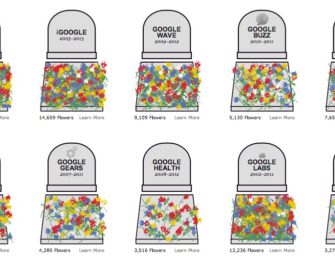The Crazy Figures of E-Commerce: From Humble Beginnings to Global Domination
When Phil Brandenberger made the first-ever online purchase in 1994—a Sting CD via credit card on NetMarket—few could have predicted that this simple transaction would spark a revolution. E-commerce, short for electronic commerce, began as an experiment in convenience and security. In 1995, Amazon and eBay launched, planting the seeds for a digital marketplace that would soon challenge traditional retail models. By 1997, global e-commerce sales reached around $2.6 billion—an impressive figure at the time, but a mere drop in the ocean compared to today’s numbers.
The 2000s: A decade of rapid acceleration
The early 2000s witnessed the dot-com bubble burst, but even that temporary setback couldn’t stop the rise of online shopping. Amazon expanded beyond books, eBay turned into a global auction hub, and Alibaba launched in China, setting the stage for international e-commerce dominance. By 2010, global online retail sales had crossed the $500 billion mark, driven by broadband expansion, mobile adoption, and improving logistics. The growing popularity of PayPal and digital wallets removed many of the early obstacles to online payments, making it easier than ever to click and buy.
Mobile commerce and social shopping
The rise of smartphones added rocket fuel to the e-commerce engine. By the mid-2010s, mobile commerce (m-commerce) became a major driver of online sales. Shoppers were now browsing, comparing prices, and checking out from their phones while on the go. In parallel, social media platforms like Instagram and Facebook began integrating shopping features, turning passive scrolling into spontaneous purchasing. By 2019, over 60% of e-commerce visits globally were coming from mobile devices.
The pandemic effect: A decade of growth in one year
The COVID-19 pandemic brought a historic shift to online commerce. With lockdowns in place, consumers turned en masse to e-commerce for everything from groceries to furniture. Global e-commerce sales jumped by nearly 30% in 2020 alone, reaching $4.28 trillion. In countries like the United States, a decade’s worth of digital shopping adoption happened in just a few months. Online grocery shopping, previously a niche segment, saw exponential growth. Small businesses, too, quickly moved online, creating virtual storefronts through platforms like Shopify and Etsy.

Today’s mind-blowing numbers
In 2024, global e-commerce sales are projected to exceed $6.3 trillion, with over 2.5 billion people shopping online. China leads the way with nearly half of all global e-commerce transactions, followed by the United States and emerging markets in Southeast Asia, Latin America, and Africa. Amazon handles over 66,000 orders per hour, while Alibaba’s Singles’ Day regularly surpasses $100 billion in sales within 24 hours. On average, consumers are now making at least one online purchase per week, showing how ingrained digital shopping has become in everyday life.
The future: AI, personalization, and drones
E-commerce continues to evolve rapidly. Artificial intelligence is personalizing every aspect of the shopping experience, from product recommendations to chatbots. Augmented reality lets users “try on” clothes or preview furniture in their homes. And while drone deliveries are still limited, they signal a future of ultra-fast, automated logistics. One thing is clear: the growth of e-commerce is far from over, and the numbers will only get crazier from here.
Photos : shipscience.com
















There are no comments
Add yours